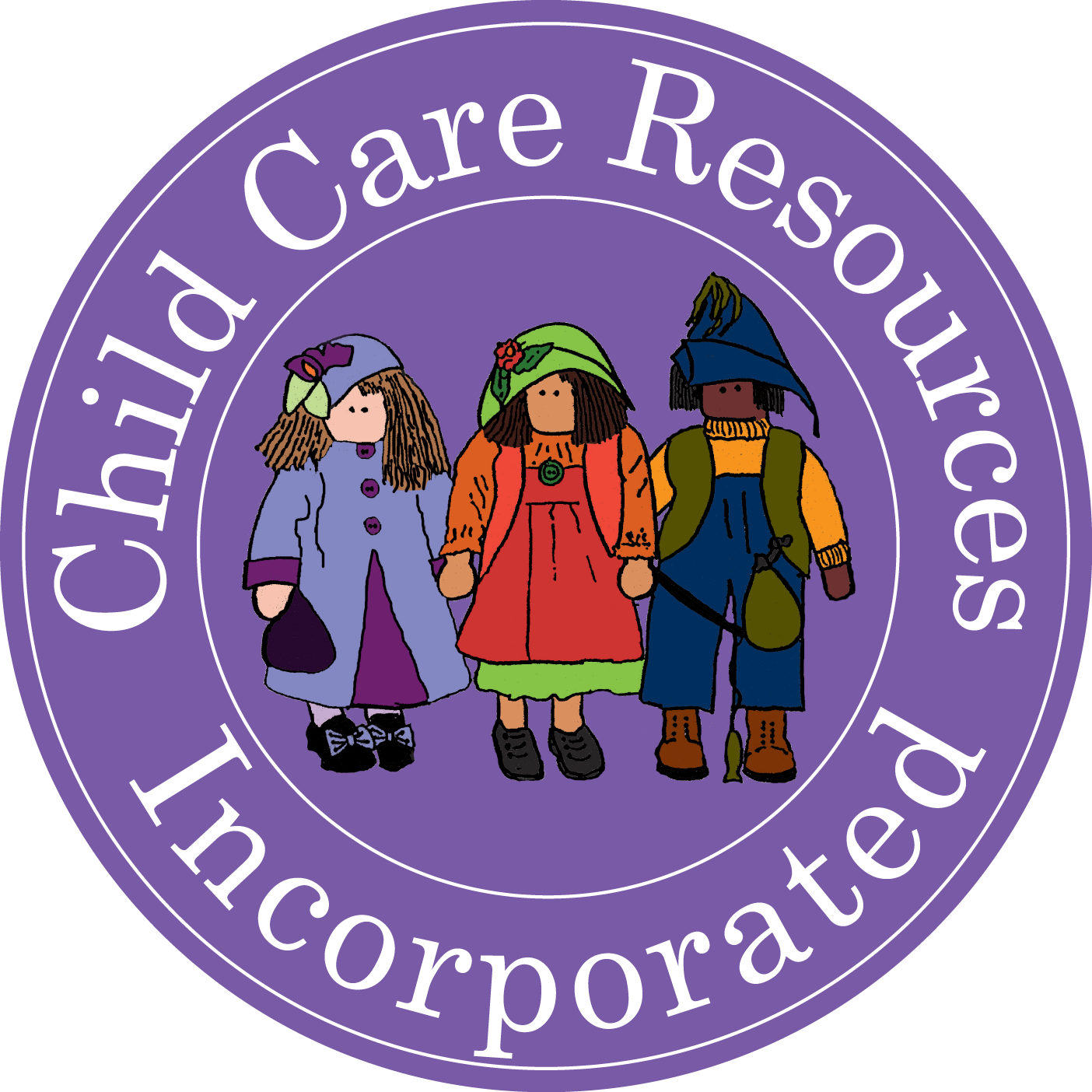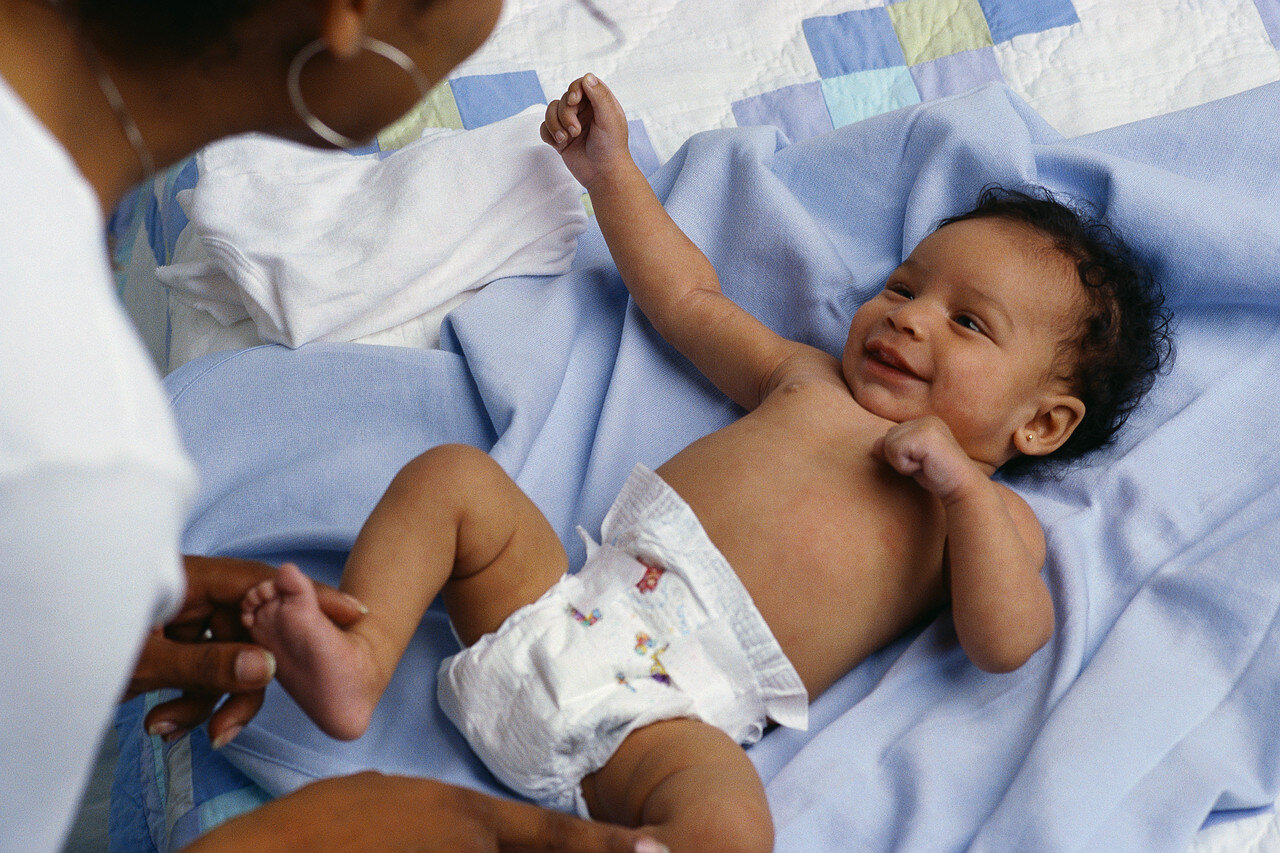In implementing all of the CDC health and safety protocols, one of the hardest for children and staff to adjust to is wearing masks.
Quality and clarity of teachers’ speech is significantly reduced while wearing masks. Children learn speech, language and various inflection patterns through sight and sound.
Babies intently look at a caregiver’s face while the caregiver is speaking to them. If their head is turned away when they hear their name or a sound, they will start to look around to discover where the sound coming from. In addition, the infants look at their teacher’s eyes, lips and cheeks for clues about whether the caregiver is happy, sad or angry. You will often see an infant or toddler move their lips around imitating what the caregiver’s lips are doing while speaking. They may also try to reach out with their hands to touch the lips or face while the caregiver is speaking. All of these different elements of speech, language, hearing and social language recognition, can only be developed when the young child has adequate visibility to interact with the caregiver.
“Faces are arguably the most important social stimulus for humans and likely the most effective tool for promoting and supporting infant learning...Just like books are education tools used to promote language development and reading, faces are also education tools during the first year of life.”
-Dr. Lisa S. Scott, Prof. of Psychology, Brain Cognition & Development Lab, Univ. of Florida
Children, even babies, know that facial expressions signal emotions like happy, sad or angry
Processing facial expressions is essential to social interaction and connection
Children’s cognitive and social-emotional development occurs through relationships and interactions with adults
Children have much weaker ability to recognize and read familiar faces than adolescents and adults
Children and babies focus mainly on the mouth at various stages of development for learning
Covering faces around young children may limit their ability to follow auditory and visual cues or instructions, recognize familiar people, determine someone’s emotions, form and maintain connections with caregivers, and learn speech and language skills.
What we can do
While wearing a mask make sure to explain yourself very clearly to the child, especially when giving directions
Explain to children that wearing a mask is a way to help others
Explain that wearing masks is like washing our hands—they help us stay clean and healthy
Clear masks or transparent face shields should be considered to reduce potential negative impact on early learning and development
Praise children for asking questions
Sources/Further Reading:
“The Case for Wearing See-Through Masks” Fast Company, Lisa S. Scott, PhD
“Children May Be Afraid of Masks - Here’s How to Help” The New York Times, Perri Klass, M.D.
“Mothers With A Mask or…The Still Face Experiment?” European Institute of Perinatal Mental Health,
Carmela K Baeza, M.D., IBCLC
“The Importance of Faces for Infants’ Learning,” BOLD Blog on Learning and Development, Lisa S. Scott, PhD
“Three Core Concepts in Early Development,” Harvard University Center on the Developing Child


